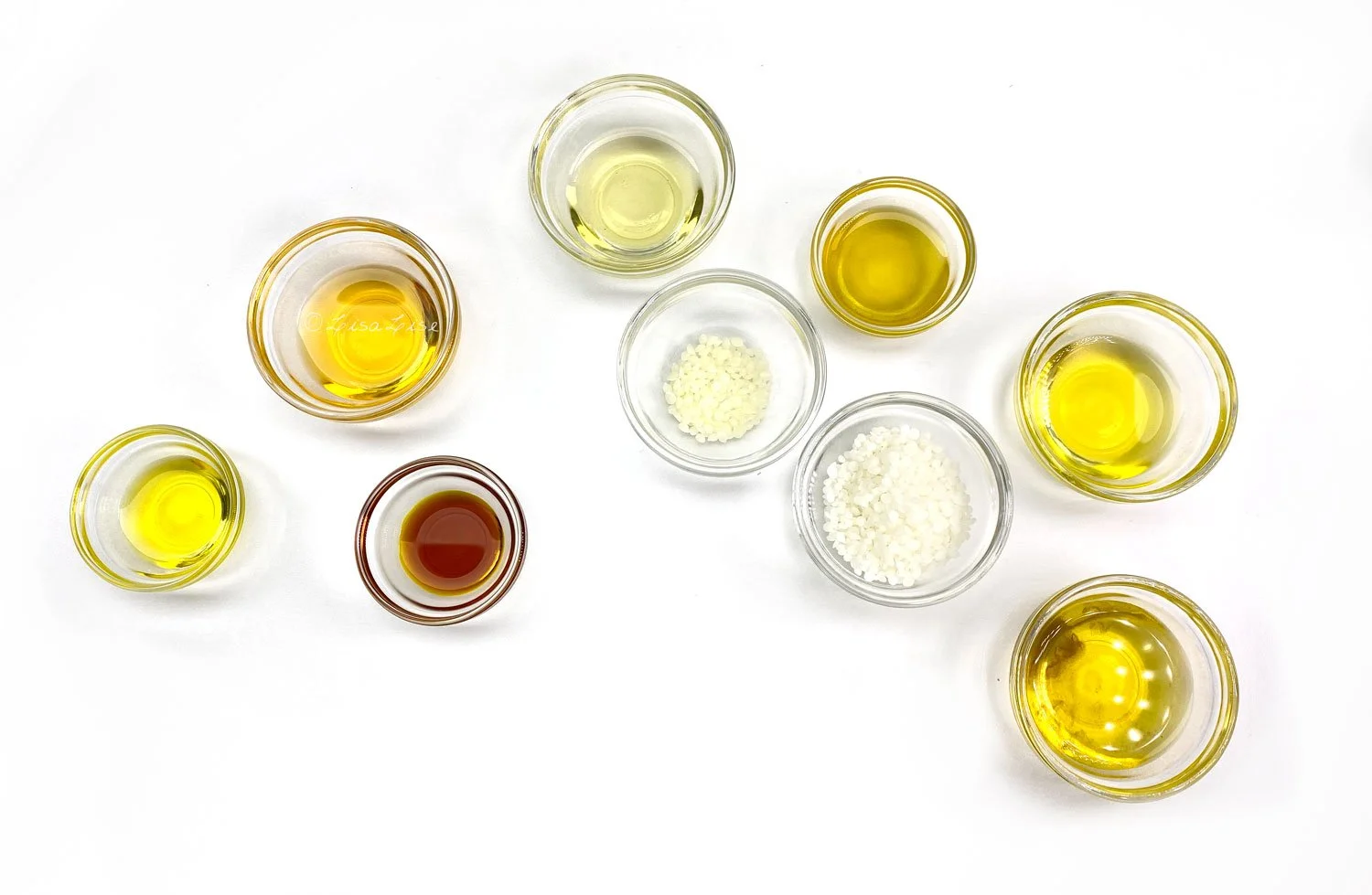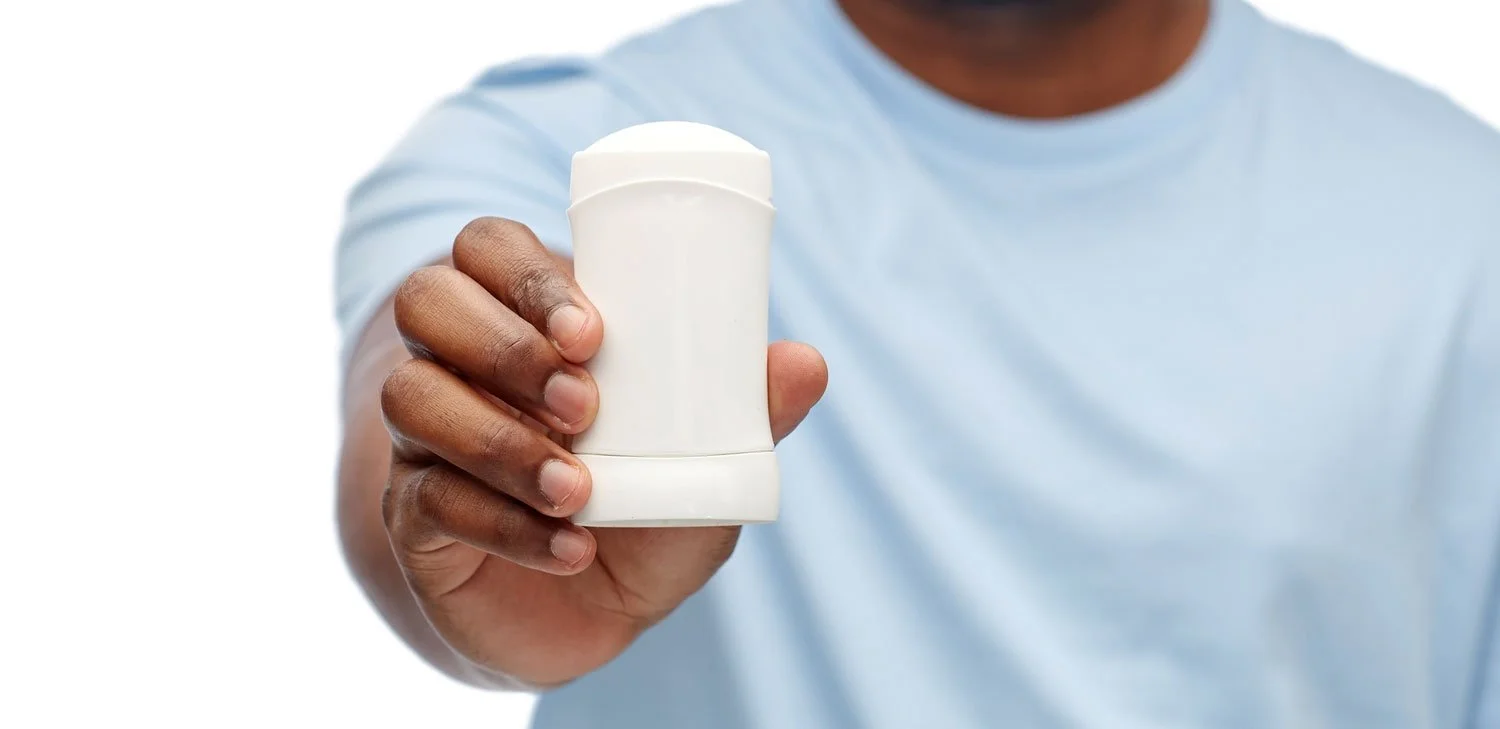Spicy Ointment
Lise
Here’s a peek at the ingredients of an ointment I put together not long ago. The inspiration came from fire cider.
If you are not familiar with fire cider, I can reveal it is a spicy, strong, multifunctional immune boosting cocktail of herbs in a vinegar base. If you want to make your own (it’s super easy!), please visit this page for more information.
Fire cider is a great tonic to have at hand and can be used in any number of delicious ways. (It is the only vinegar I use in my salad dressings now).
So how did fire cider inspire me to make a spicy ointment? Blame my feet. A ‘warming, pain-relieving, soothing, spicy ointment’ was something my feet decided I should try, so I did.
Pictured above: several handcrafted macerations with spices and oils. To mention just a few of the spices included: ginger, cloves, black pepper, nigella seed, coriander seed, fennel, chili, turmeric, and cinnamon. How do all these combine? To my delight, beautifully! The fragrance of the final product even has full husband approval.
Although the result is a fabulous foot-friendly ointment that does everything I hoped it would do, it comes with requirements. I learned (the hard way) that it is imperative to wash hands thoroughly immediately after applying. Do not even think about rubbing anything even remotely close to your eyes. Do not consider applying to lips (too late — I did and it took about a nanosecond before I was removing it again).
Do Tell
Have you ever made a spicy ointment? Which spices did you use?
The book below shows you how to make several spicy lip balms with your own spice-infused oils.






























